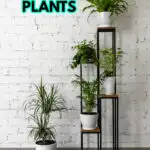Indoor air quality is an essential aspect of overall health and well-being. Poor indoor air quality can lead to a range of health problems, from allergies to respiratory issues. There are many ways to improve indoor air quality, such as using air filters and improving ventilation.
However, one of the most effective and natural ways to improve indoor air quality is by adding air-purifying plants to your living space. Luckily, we’ve gathered the best indoor air purifying plants that can clean the air in your home and promote a healthy environment so make sure you check them out below!

NASA Study: The Benefits of Plants for Indoor Air Quality
In the late 1980s, NASA conducted a study on indoor air quality and the benefits of plants. The study found that plants can effectively remove indoor air pollutants and improve air quality. NASA recommends using at least one air-purifying plant per 100 square feet of indoor space for optimal air purification.
The Best Air-Purifying Plants for Your Home
Spider Plants
Spider plants are a popular indoor plant that is known for their air-purifying properties. They are effective at removing pollutants such as formaldehyde and xylene from the air. Spider plants are easy to care for and can thrive in a range of light conditions, making them a perfect choice for any home.
They are also known for relieving stress, lowering cortisol levels, and helping reduce anxiety symptoms.
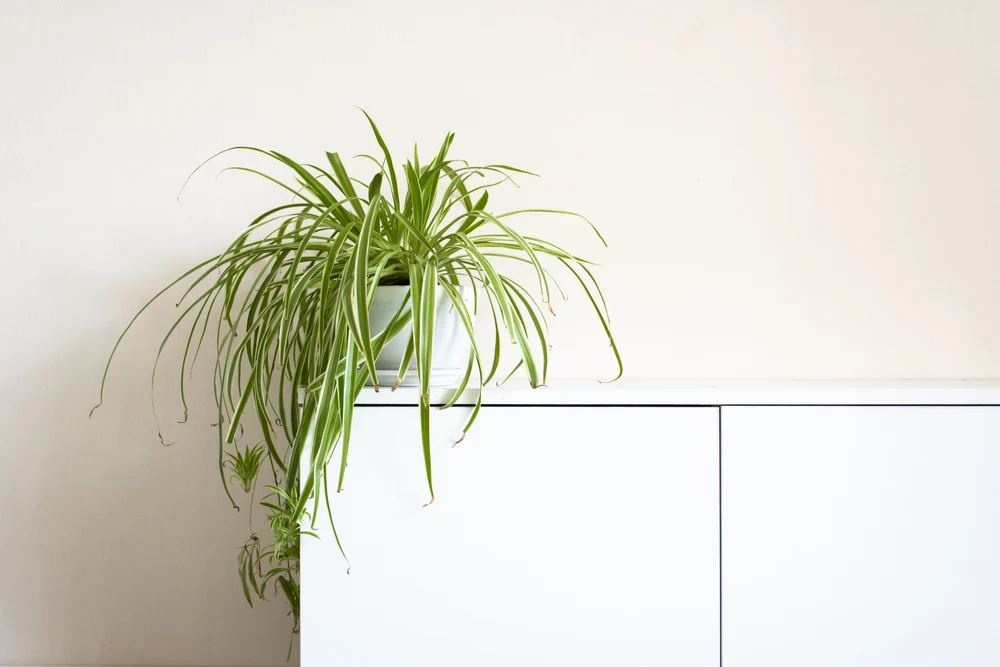
Snake Plant
Snake plant, also known as mother-in-law’s tongue, is a low-maintenance plant that is effective at removing air pollutants such as benzene and formaldehyde. It can thrive in low light conditions, making it a great option for any room in your home.
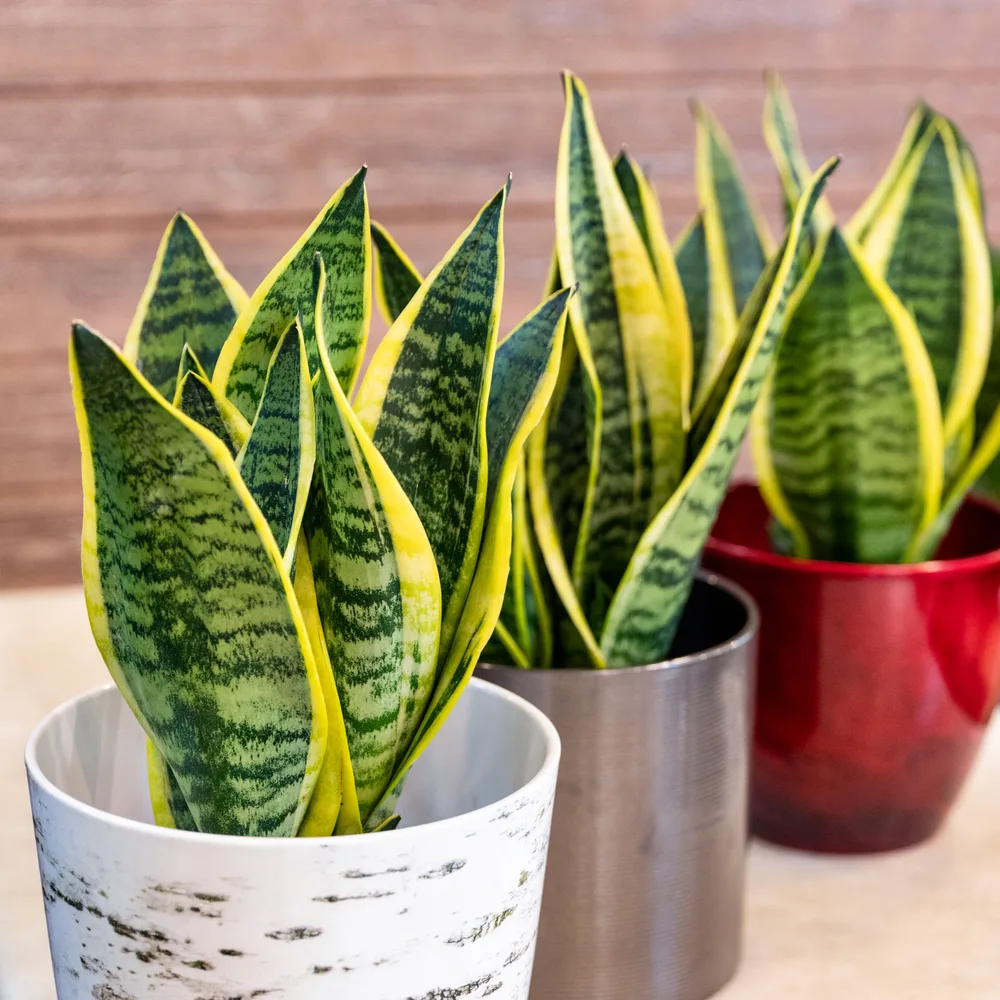
Boston Fern
Boston fern is a beautiful plant that is effective at removing indoor air pollutants such as formaldehyde and xylene. It requires frequent watering and indirect sunlight, making it a perfect choice for bathrooms and other humid spaces.
English Ivy
English ivy is a beautiful plant that can climb up walls or be grown in a hanging basket. It is effective at removing airborne toxins such as mold spores and fecal matter. English ivy thrives in moist soil and bright, indirect light conditions.
Peace Lily
Peace lilies, also known as spathiphyllum, are popular houseplants with bright green leaves and beautiful white flowers. They are effective at removing toxins such as benzene, formaldehyde, and ammonia from the air. Peace lilies thrive in low light conditions and moist soil.
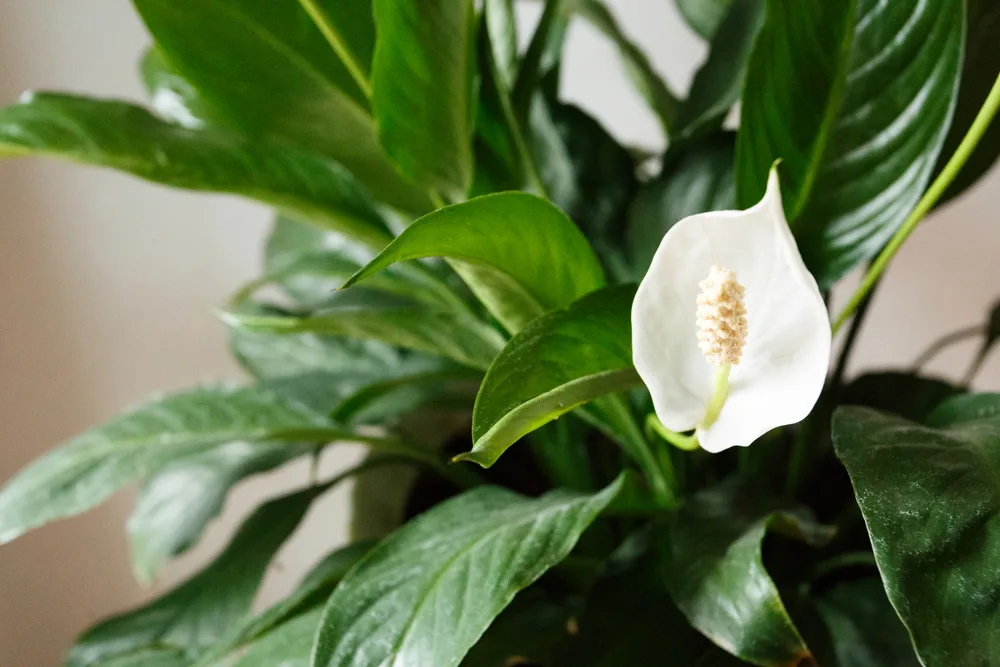
Bamboo Palm
Bamboo palm is a tropical plant that requires bright, indirect light and frequent watering. It is effective at removing formaldehyde, benzene, and trichloroethylene from the air.
Aloe Vera
Aloe vera is not only a great air purifier, but it also has medicinal benefits. It requires little water and bright, indirect light. Aloe vera is effective at removing formaldehyde from the air.
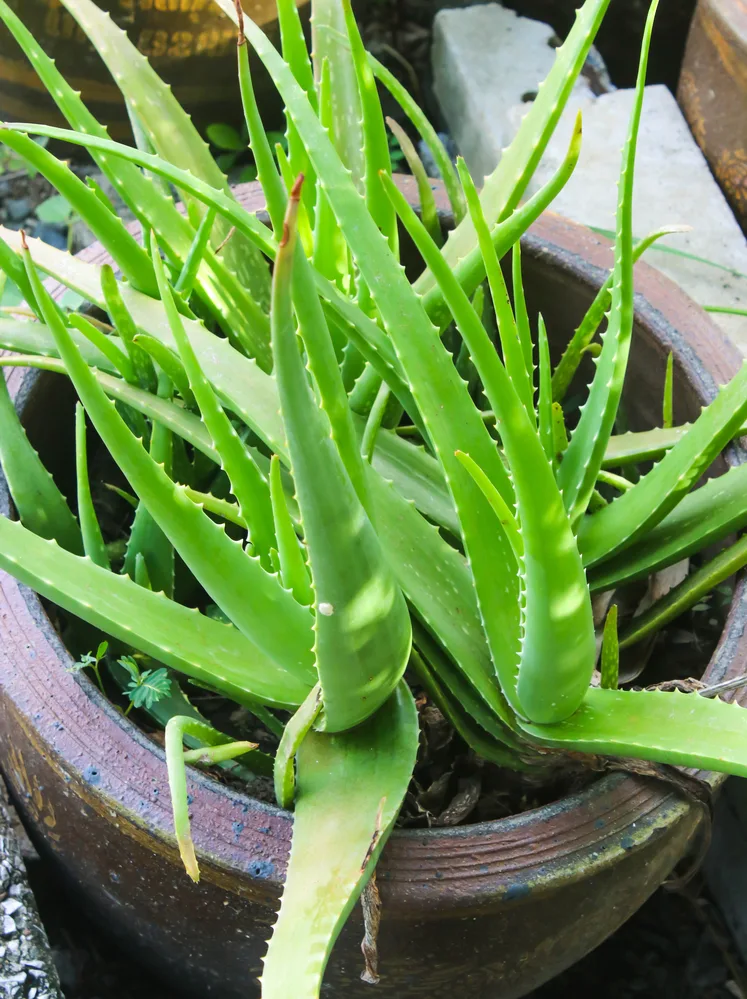
Rubber Plants
Rubber plants are known for their large, glossy leaves and are a great option for those with a green thumb. They require bright, indirect light and moist soil. Rubber plants are effective at removing formaldehyde, mold spores and bacteria from the air (by up to 60%).
Ficus Elastica
Also known as the rubber tree, ficus elastica is a large indoor tree that requires bright, indirect light and frequent watering. It is effective at removing pollutants such as formaldehyde and carbon dioxide from the air.
Hedera Helix
Hedera helix, also known as ivy, is a great option for those with high ceilings. It prefers bright, indirect light and moist soil. Hedera helix is effective at removing formaldehyde, benzene, and trichloroethylene and even carbon monoxide from the air.
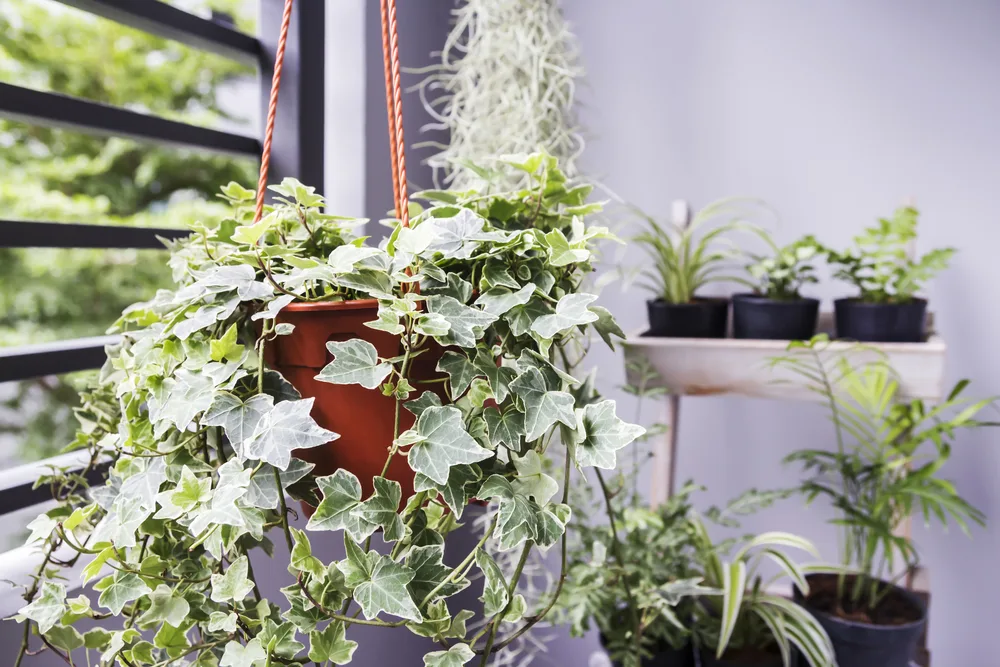
Areca Palm
Areca palm is a tropical plant that requires bright, indirect light and frequent watering. It is effective at removing formaldehyde, benzene, and trichloroethylene from the air.
Golden Pothos
Golden pothos, also known as devil’s ivy, is a low-maintenance plant that can thrive in low light conditions. It is effective at removing pollutants such as formaldehyde, benzene, and xylene from the air.
Chinese Evergreen
Chinese evergreen is a tropical plant that requires indirect light and moist soil. It is effective at removing pollutants such as formaldehyde and benzene from the air. Chinese evergreen is a great addition to any living space.
Flamingo Lily
Flamingo lily, also known as anthurium, is a flowering plant that requires bright, indirect light and moist soil. It is effective at removing pollutants such as ammonia, formaldehyde, and toluene from the air. Flamingo lily is a great option for those who want to add a pop of color to their living space.
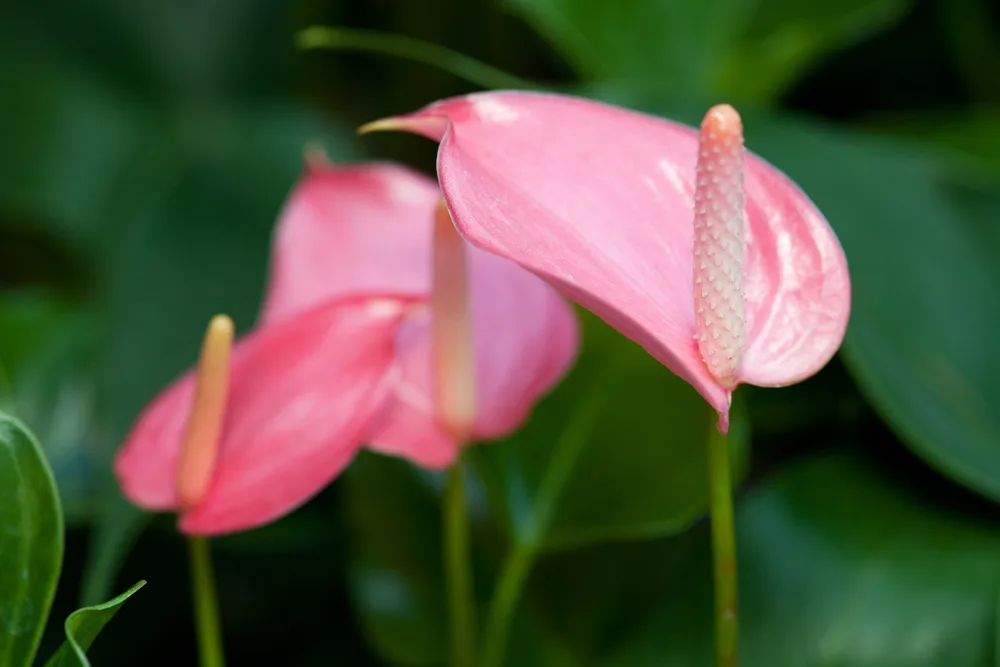
Dumb Cane
Dumb cane, also known as dieffenbachia, is a low-maintenance plant that can thrive in low light conditions. It is effective at removing airborne toxins such as formaldehyde and xylene from the air. Dumb cane is a great option for those who want a low-maintenance plant that can purify the air.
Kimberly Queen Ferns
Kimberly queen ferns are a great option for those who want a plant that can thrive in high humidity conditions. They require indirect sunlight and frequent watering. Kimberly queen ferns are effective at removing pollutants such as formaldehyde and xylene from the air.
Parlor Palms
Parlor palms are a great option for those who want a low-maintenance plant that can thrive in low light conditions. They require moist soil and indirect sunlight. Parlor palms are effective at removing pollutants such as formaldehyde, benzene, and carbon monoxide from the air.
ZZ Plant
ZZ plant, also known as zamioculcas, is a low-maintenance plant that can thrive in low light conditions. It requires infrequent watering and indirect sunlight. ZZ plant is effective at removing airborne toxins such as benzene and xylene from the air.
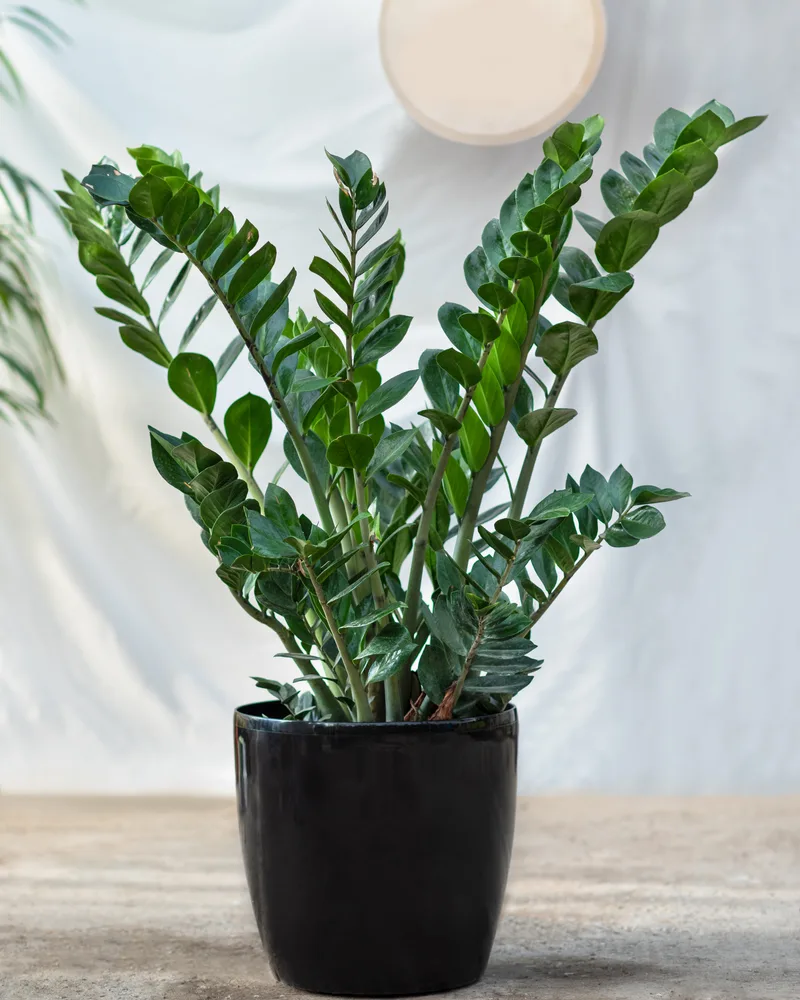
Dragon Tree
Dragon tree, also known as dracaena marginata, is a low-maintenance plant that can thrive in low light conditions. It requires infrequent watering and indirect sunlight. Dragon tree is effective at removing airborne toxins such as formaldehyde and xylene from the air.
Lady Palm
Lady palm is a tropical plant that requires bright, indirect light and frequent watering. It is effective at removing pollutants such as formaldehyde, benzene, and ammonia from the air.
Pineapple Plants
Pineapple plants are a great option for those who want a tropical plant that can thrive in bright light conditions. They require frequent watering and indirect sunlight. Pineapple plants are effective at removing airborne toxins such as formaldehyde and ammonia from the air.
Money Plant
Money plant, also known as pothos, is a low-maintenance plant that can thrive in low light conditions. It is effective at removing pollutants such as formaldehyde and benzene from the air.
As an added bonus, it can bring you good fortune and luck.
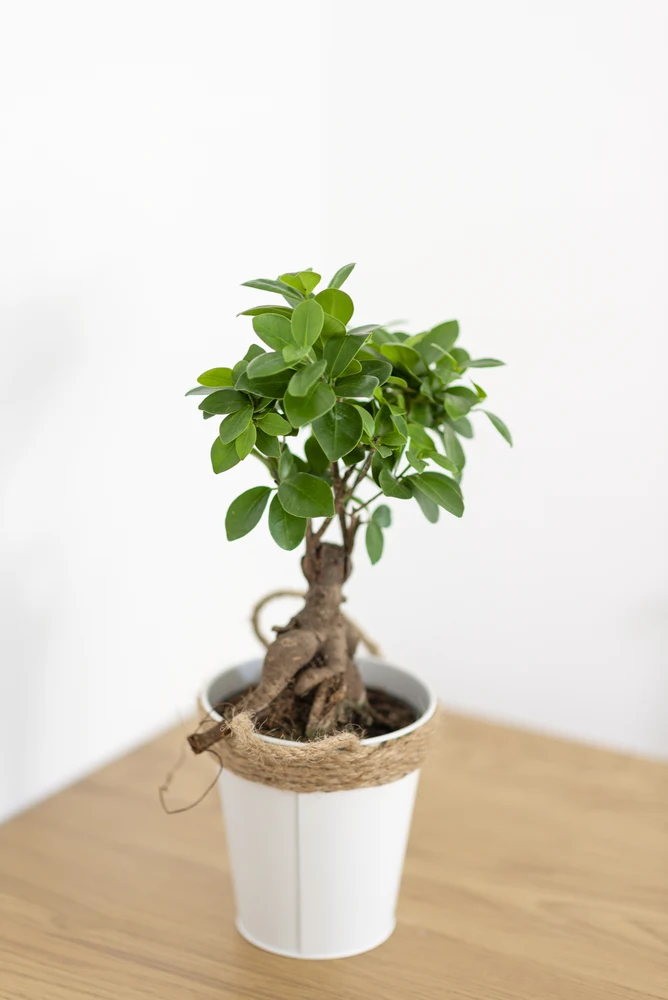
Weeping Fig
Weeping fig, also known as ficus benjamina, is a large indoor tree that requires bright, indirect light and frequent watering. It is effective at removing pollutants such as formaldehyde, benzene, and trichloroethylene from the air.
oethylene from the air.
Devil’s Ivy
Devil’s ivy, also known as golden pothos, is a low-maintenance plant that can thrive in low light conditions. It is effective at removing pollutants such as formaldehyde, benzene, and xylene from the air.
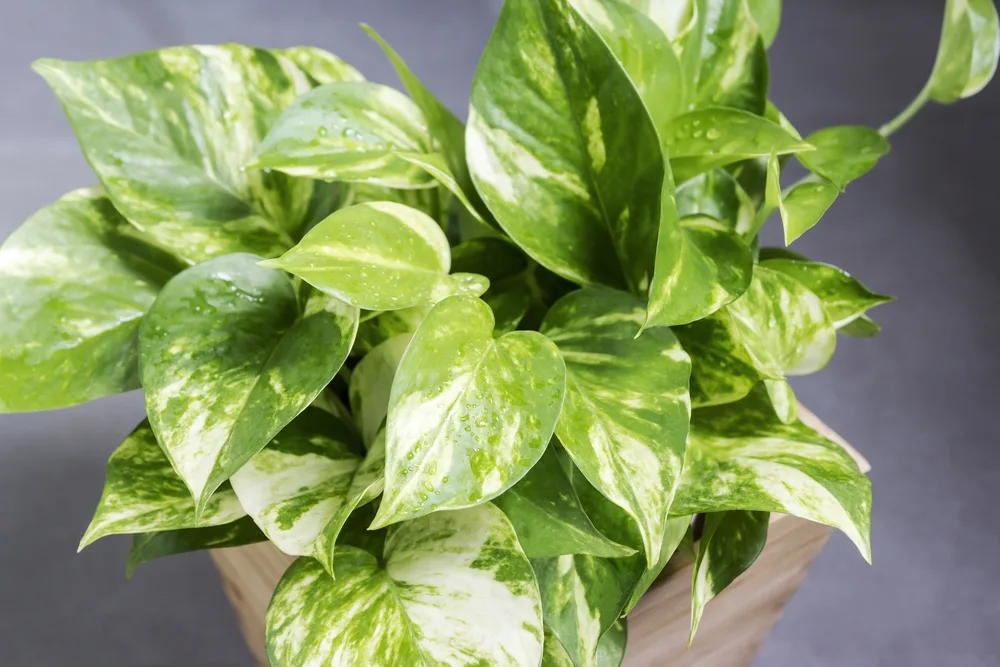
How do air purifying plants purify your home?
If you have air purifying plants in your home, you may be wondering, “how do they actually purify my home?”.
Well, it’s actually really cool.
According to NASA’s research, they discovered that plants purify that trapped air by pulling contaminants into soil, where root zone microorganisms convert VOCs into food for the plant.
Choosing the Right Air-Purifying Plants for Your Home
When choosing air-purifying plants for your home, it’s essential to consider your space’s light conditions and humidity levels. Some plants thrive in low light conditions, while others require bright, indirect sunlight.
Some plants, such as Boston ferns and Kimberly queen ferns, thrive in high humidity conditions, while others, such as snake plants and ZZ plants, can tolerate drier environments.
It’s also important to consider the size of your living space when choosing air-purifying plants.
Larger spaces may require multiple plants, while smaller spaces may only need one or two. Consider the height and width of the plants you choose to ensure they fit comfortably in your living space.
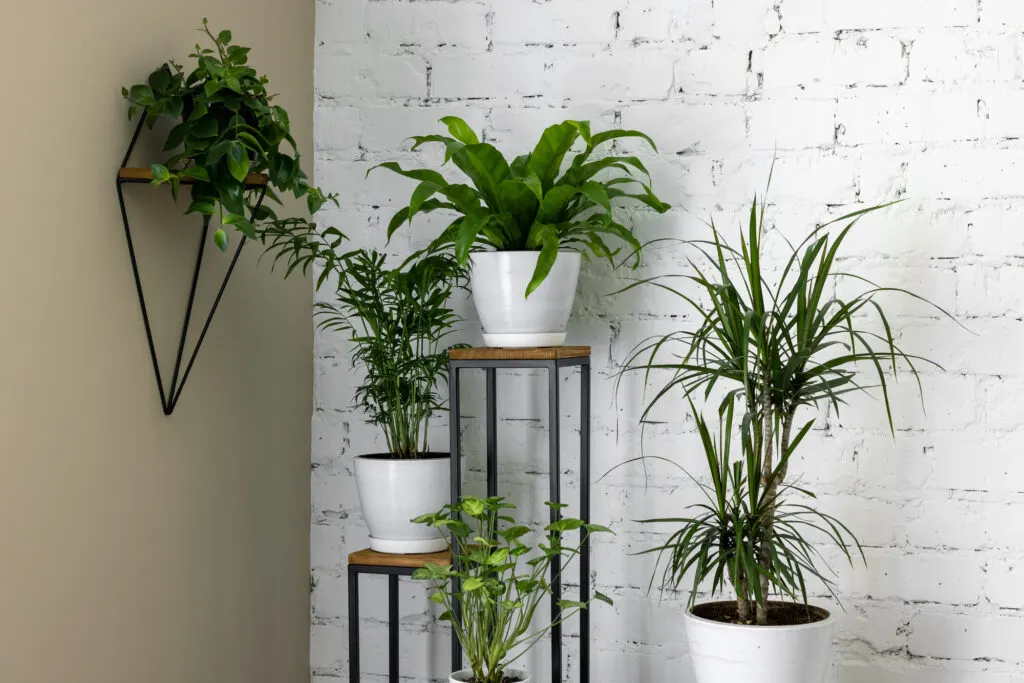
Caring for Your Air-Purifying Plants
Proper care is essential for the health of your air-purifying plants. Most air-purifying plants require regular watering and indirect sunlight. However, it’s important to research the specific care requirements for each plant to ensure it thrives in your living space.
Some air-purifying plants, such as spider plants and snake plants, require minimal watering and can thrive in low light conditions. Other plants, such as Boston ferns and Kimberly queen ferns, require frequent watering and indirect sunlight.
Regular pruning is also important for the health of your air-purifying plants. Pruning helps to remove dead leaves and promote new growth, ensuring your plants continue to purify the air in your home.
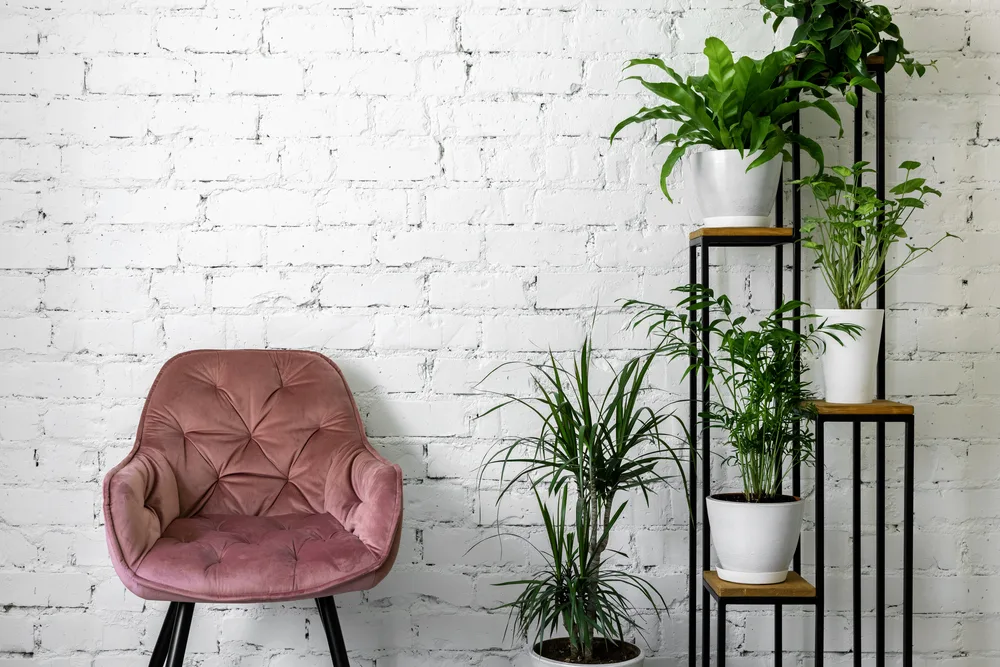
The Benefits of Air-Purifying Plants
Adding air-purifying plants to your living space has many benefits beyond air purification.
Plants can help to reduce stress, increase productivity, and promote better sleep. They also add a natural, aesthetic element to your home’s interior design.
So, as you can see, air-purifying plants are a natural and effective way to improve indoor air quality and promote a healthy living environment.
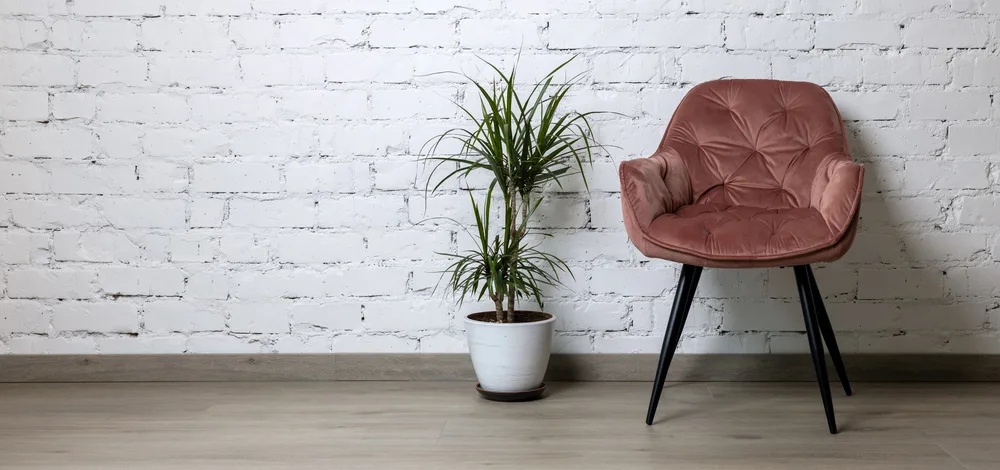
From spider plants to peace lilies, there are many air-purifying plants to choose from that can thrive in a range of light and humidity conditions.
When choosing air-purifying plants for your home, it’s essential to consider your space’s specific needs and care requirements. Proper care and regular pruning are important for the health of your plants and the air quality in your home.
By adding air-purifying plants to your living space, you can improve indoor air quality, reduce stress, and promote better health and well-being for you and your family.
